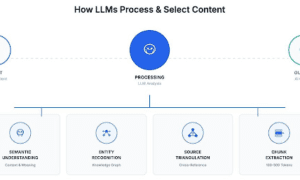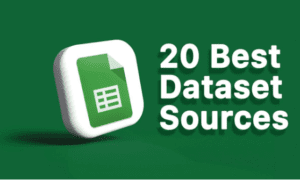In a time when cyberattacks are expanding rapidly, companies managing card transactions now give safeguarding payment data first importance. Following Payment Card Industry Data Security Standard (PCI DSS) compliance is one of the most successful approaches to guarantee payment security. Globally accepted security architecture PCI DSS is meant to guard cardholder data and stop fraud. Compliance with PCI DSS is a legal need and a must for companies handling credit card data processing, storage, or transmission to keep trust, stop data breaches, and avert expensive penalties.
This essay looks at why protecting payment data depends on PCI DSS compliance and how companies could use it successfully.
Comprehending PCI DSS Compliance
PCI DSS is a body of security guidelines designed by the Payment Card Industry Security Standards Council (PCI SSC). These criteria cover all companies handling credit or debit card transactions, from tiny stores to big companies. Protecting cardholder data from illegal access, fraud, and cyberattacks comes first in PCI DSS compliance.
Twelve essential criteria make up the framework, arranged into six security control goals:
Create and preserve a safe network (using firewalls and safe settings)
Guard cardholder data (using encryption of retained information and transmission security).
Keep up a vulnerability management program—update systems and software.
Apply robust access control policies, hence limiting data access.
Frequent network monitoring and testing—that is, security audits—allows one to
Keep up an information security policy (maybe teaching staff members security procedures).
Why Payment Security Dependencies on PCI DSS Compliance Are Crucial
- Stovers Payment Data Breaches
Because financial data is so valuable, cybercriminals target companies that handle or hold payment information. Compliance with PCI DSS enables companies to use strong security policies, lowering the risk of data breaches and financial loss.
Following PCI DSS guidelines lets companies:
Store cardholder data encrypted to stop illegal access.
Protect transactions with safe payment gates.
Test security systems often for weaknesses.
- Safeguards Brand Reputation and Customer Trust
Customers believe companies will guard their financial information. A data hack may sour a company’s brand and erode consumer confidence. Consumers are more inclined to deal with a PCI DSS-compliant company because their payment information is handled safely.
Strong compliance systems convince consumers that their sensitive payment data is protected, enabling companies to keep credibility and long-term loyalty.
- Minutes Financial Risks and Steers Clear of Penalties
Ignoring PCI DSS might have significant financial effects, including:
Credit card firms have substantial fines levied against them.
Legal expenses paid for litigation brought on by impacted consumers.
Cover expenses linked to fraud.
Rising transaction fees from payment processors.
Maintaining PCI DSS compliance helps companies reduce financial risks and avoid any operational effects of regulatory fines.
- Guarantees Compliance with Worldwide Standards
PCI DSS compliance fits with international data protection rules, including:
European Union General Data Protection Regulation, GDPR.
U.S. California Consumer Privacy Act (CCPA).
Act on Personal Information Protection and Electronic Documents Act (PIPEDA) applicable in Canada
Following PCI DSS helps companies satisfy more general legal and regulatory requirements, therefore streamlining the process of complying with several security systems.
- strengthens defenses against newly developing cyber threats
Cyberattacks are becoming more sophisticated, with hackers using advanced techniques to steal payment data. PCI DSS compliance guarantees companies have the newest security measures available, including:
Multi-factor authentication (MFA) for secure logins.
Tokenization substituting encrypted tokens for sensitive information.
E2EE, end-to-end encryption, for transaction security.
These security steps guard payment systems from fraud and enable companies to keep ahead of thieves.
How Companies Might Apply PCI DSS Compliance Effectively
Perform a risk analysis.
Find possible security flaws in your payment processing systems and assess areas of compliance deficiency.
- Execute robust security measures.
Ensure that authentication, encryption, and firewall systems guard cardholder information.
- Make Use of Compliance Automation Tools
Leverage PCI DSS compliance automation solutions to monitor security controls, detect vulnerabilities, and generate audit reports seamlessly.
- Train Employees on Payment Security
To minimize human errors, educate employees on secure payment practices, phishing threats, and compliance policies.
- Regularly Audit and Update Security Measures
Perform regular penetration testing and vulnerability assessments to ensure continued compliance with PCI DSS standards.
Eventually
PCI DSS compliance is not just a regulatory requirement but a fundamental component of payment security. By implementing PCI DSS standards, businesses can protect payment data, prevent fraud, enhance customer trust, and reduce financial risks. Given the increasing sophistication of cyber threats, organizations should adopt PCI DSS compliance automation to streamline security processes and ensure continuous protection.
For businesses looking to simplify PCI DSS compliance, Mindsec.io provides cutting-edge solutions to help organizations maintain security, reduce risk, and achieve seamless compliance. Today, Investing in PCI DSS ensures long-term payment data protection and business sustainability.































